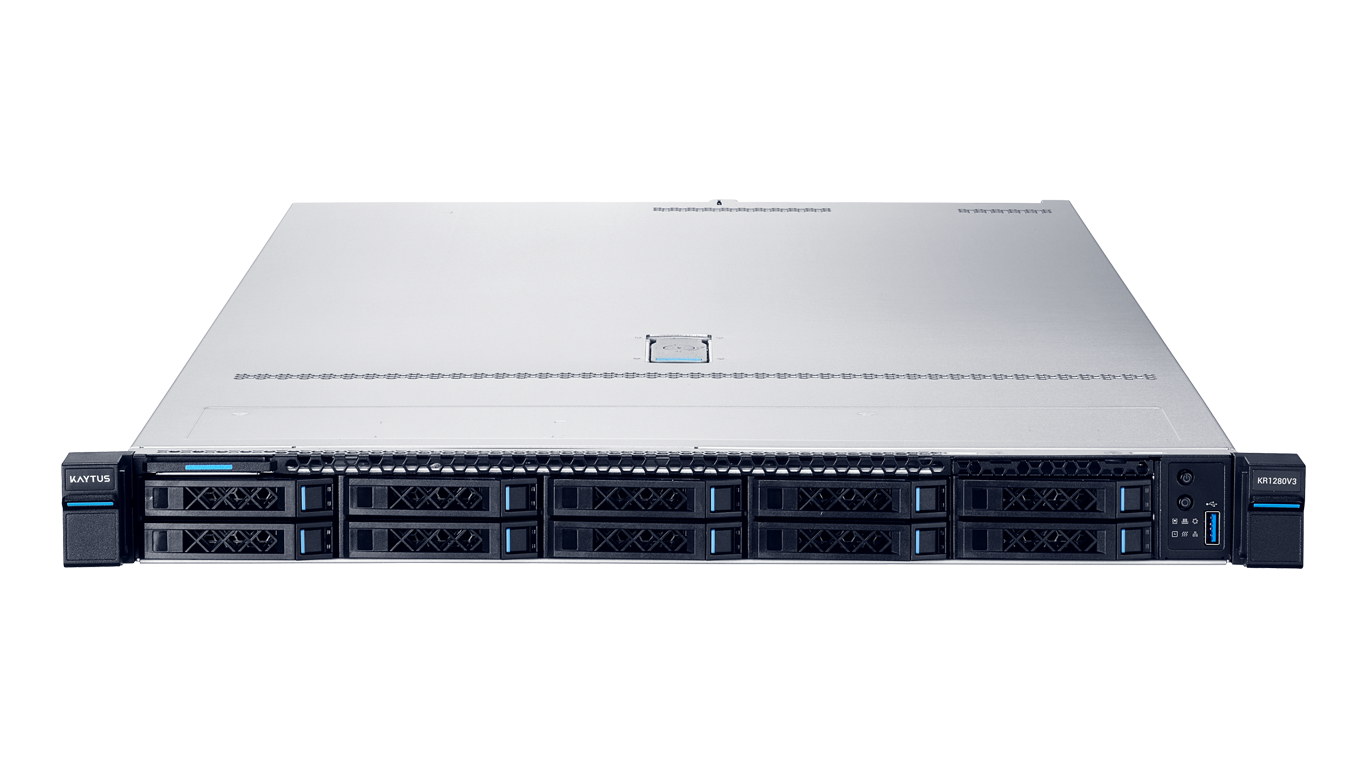The Rise of Liquid-Cooled Servers: Revolutionizing Data Center Efficiency

As data centers continue to expand to meet the demands of AI, cloud computing, and high-performance computing (HPC), traditional air-cooling methods are reaching their limits. Enterliquid-cooled servers—a game-changing technology that offers superior thermal management, energy efficiency, and performance optimization. In this blog, we’ll explore why liquid cooling is becoming the go-to solution for modern data centers.
Why Liquid Cooling?
Air cooling has been the standard for decades, but as server densities increase and processors (like GPUs and CPUs) generate more heat, air-based systems struggle to keep up. Liquid cooling, on the other hand, is far more efficient at dissipating heat, offering several key advantages:
1.Higher Thermal Efficiency – Liquids like water or specialized coolants can absorb and transfer heat10-100x more effectively than air, allowing for better cooling of high-power components.
2.Energy Savings – By eliminating the need for power-hungry fans and HVAC systems, liquid-cooled servers can reduce data center energy consumption by30-50%.
3.Increased Performance – Lower operating temperatures mean processors can run at peak performance without thermal throttling, improving computational efficiency.
4.Space Optimization – Liquid cooling allows for denser server configurations, reducing the physical footprint of data centers.
Types of Liquid Cooling
There are two primary approaches to liquid-cooled servers:
1.Direct-to-Chip (D2C) Cooling
In this method, a cold plate is placed directly on the CPU/GPU, circulating coolant to absorb heat. This is highly efficient for high-performance computing environments, such as AI training and supercomputing.
2.Immersion Cooling
Servers are fully submerged in a non-conductive dielectric fluid, which absorbs heat passively. This method is ideal for extreme-density deployments, such as cryptocurrency mining or hyperscale cloud data centers.
The Future of Data Centers
With the rise ofAI workloads, edge computing, and sustainability goals, liquid-cooled servers are no longer a niche solution—they’re becoming mainstream. Major tech companies likeMicrosoft, Google, and Meta are already adopting liquid cooling to improve efficiency and reduce carbon footprints.
Key Benefits Driving Adoption:
Lower PUE (Power Usage Effectiveness) – Liquid cooling helps data centers achieve near-1.0 PUE, meaning almost all energy goes to computing rather than cooling.
Silent Operation – Without noisy fans, data centers can operate more quietly, making them suitable for urban environments.
Sustainability – Reduced energy consumption means lower CO₂ emissions, aligning with global green initiatives.
Challenges & Considerations
While liquid cooling offers many benefits, there are challenges: -Higher upfront costs – Infrastructure changes are required. -Maintenance complexity – Leak detection and coolant management are critical. -Compatibility – Not all server designs support liquid cooling out of the box. However, as technology advances, these barriers are decreasing, making liquid cooling a viable long-term investment. Conclusion: Liquid-cooled servers represent the future of data center cooling, offering unmatched efficiency, performance, and sustainability. As computing demands grow, businesses that adopt liquid cooling early will gain a competitive edge—both in operational cost savings and environmental impact.
- Art
- Causes
- Crafts
- Dance
- Drinks
- Film
- Fitness
- Food
- Games
- Gardening
- Health
- Home
- Literature
- Music
- Networking
- Other
- Party
- Religion
- Shopping
- Sports
- Theater
- Wellness

